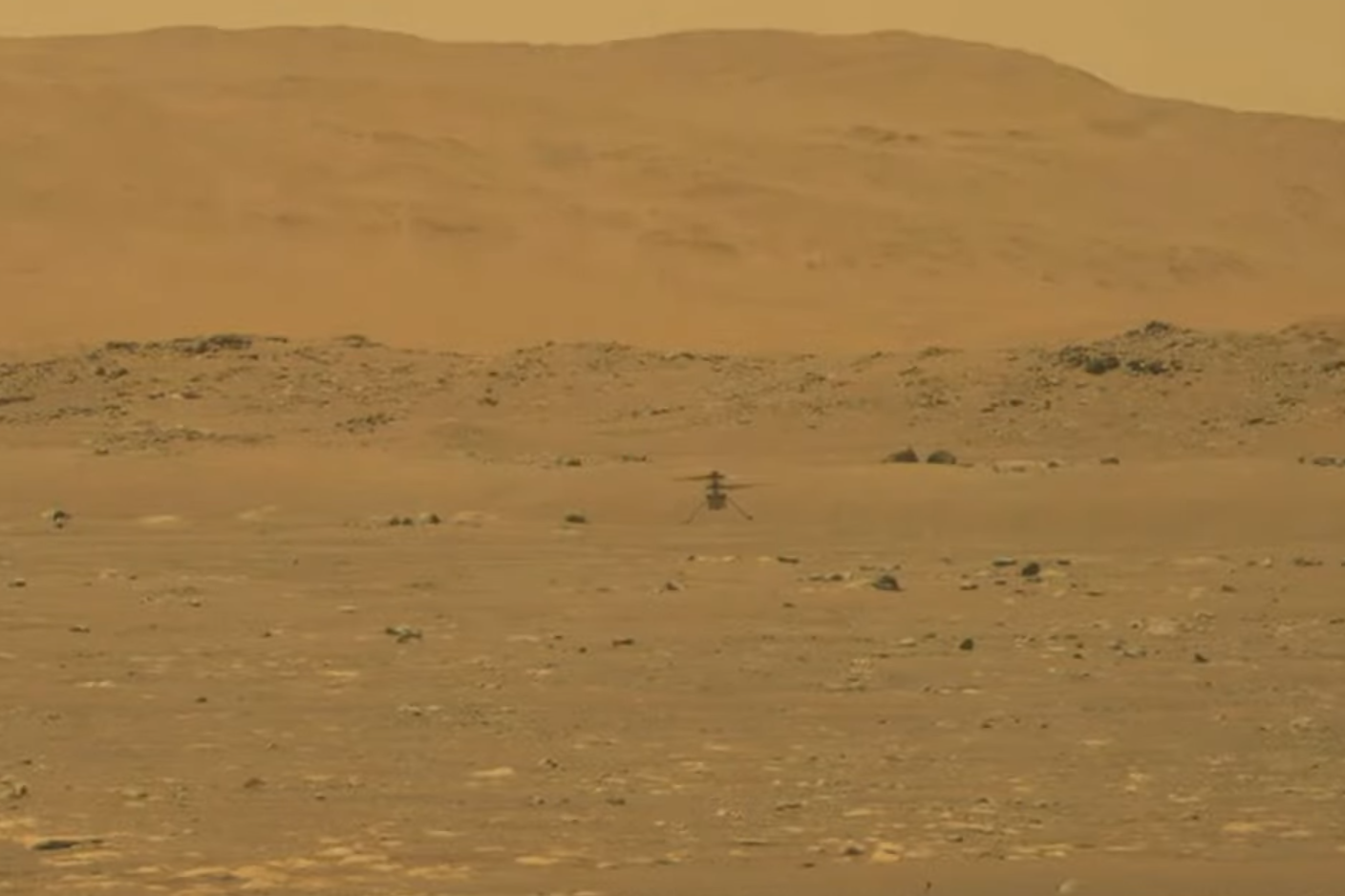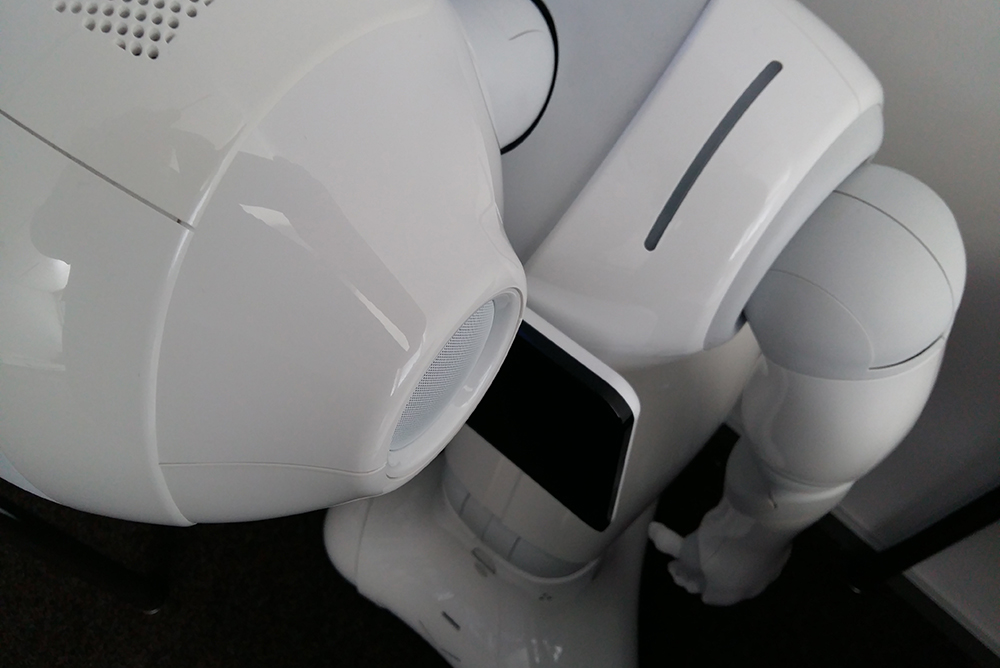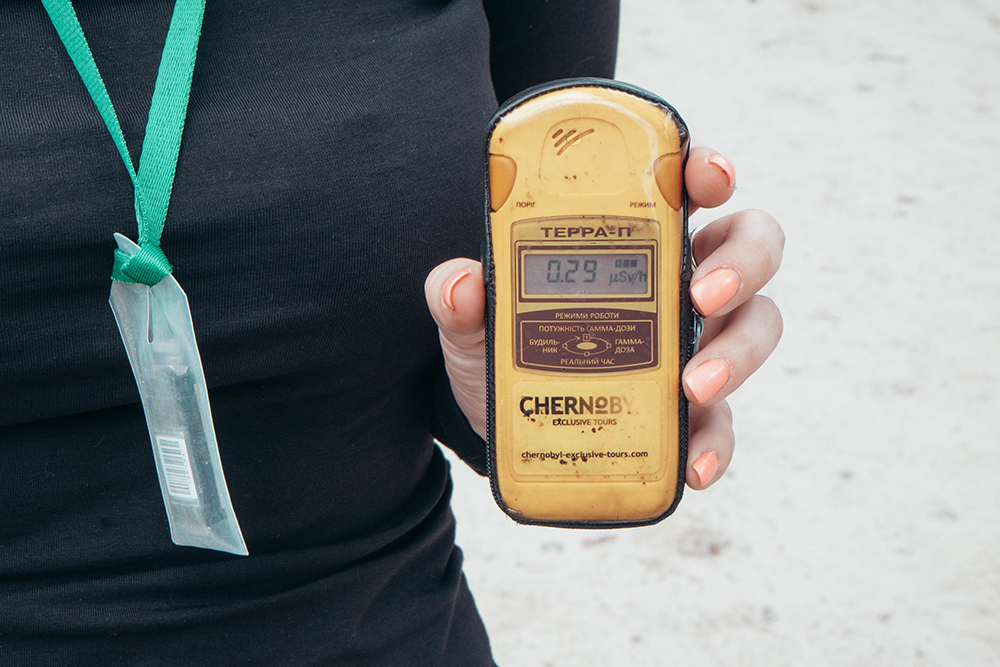The Salon Suisse at the 17th International Architecture Exhibition in Venice presents its program under the title “Bodily Encounters”. Salonnière is Evelyn Steiner, under assistance of Viviane Ehrensberger. “Bodily Encounters revolves around the fundamental Relationships between the body and architecture: when space is being experienced, the body serves as the most important system of orientation and measurement.” (Booklet Salon Suisse) On November 18, 2021, Palazzo Trevisan will host the event “JETHRO KNIGHTS, ARMOR GUYVER, AND MUTANT X: HOW TRANSHUMANISTS CHALLENGE ARCHITECTURE”. In the booklet you can read: “Body hacking means invasive or non-invasive intervention in the human body for the purposes of human enhancement or transhumanism. Implanted chips and technical enhancements, for instance, enable the human senses to be extended or purposefully controlled. This evening, the focus is on physical and mental transformation and its impact on architecture. How does architecture respond to members of the human species who take the course of evolution into their own hands? For example, the human sensorium could be adapted to external influences and optimised in such a way that construction in compliance with noise regulations or adherence to climate-related requirements and disability standards would become obsolete. After an introduction to transhumanism by Professor of Information Ethics and Machine Ethics Oliver Bendel, Georg Vrachliotis, Professor of Architectural Theory, and the body hacker Mike Schaffner, will discuss various scenarios and leave room for some surprises.” (Booklet Salon Suisse) You can download the booklet with further information about the Salon Suisse program here.
Animal-Computer Interaction
Clara Mancini (The Open University) and Eleonora Nannoni (University of Bologna) are calling for abstracts and papers for the Frontiers research topic “Animal-Computer Interaction and Beyond: The Benefits of Animal-Centered Research and Design”. They are well-known representatives of a discipline closely related to animal-machine interaction. “The field of Animal-Computer Interaction (ACI) investigates how interactive technologies affect the individual animals involved; what technologies could be developed, and how they should be designed in order to improve animals’ welfare, support their activities and foster positive interspecies relationships; and how research methods could enable animal stakeholders to participate in the development of relevant technologies.” (Website Frontiers) The editors welcome submissions that contribute, but are not necessarily limited, to the following themes: 1) “Applications of animal-centered and/or interactive technologies within farming, animal research, conservation, welfare or other domains”, and 2) “Animal-centered research, design methods and frameworks that have been applied or have applicability within farming, animal research, conservation, welfare or other domains Submission information is available through the website” (Website Frontiers). More submission information is available through the Frontiers website.
One Small Flight for Ingenuity
“That’s one small flight for Ingenuity – one giant journey for mankind.” This can be said after the successful experiment on 19 April 2021 with the tiny helicopter on Mars (photo: screenshot from NASA livestream). Ingenuity flew vertically into the air, took a selfie with its shadow, and landed safely back on the ground. The red planet is associated with many expectations and aspirations. At the moment, the surface is being explored in an unprecedented way. In a few years, humans are expected to travel to Mars. In doing so, they will also need advice and support. Because the personnel on Earth are far away, a voice assistant is a possible solution. SPACE THEA is a voicebot that shows empathy (but doesn’t have it, of course). Like GOODBOT and BESTBOT, she recognizes user problems – but unlike those chatbots, she has a voice. SPACE THEA will be developed until August 2021 under the supervision of Prof. Dr. Oliver Bendel at the School of Business FHNW. The project aims to cover several scenarios on the flight to Mars. However, a voicebot could also be useful on the planet itself, for example to control a tiny helicopter.
A Prod, a Stroke, or a Hug?
Soft robots with transparent artificial skin can detect human touch with internal cameras and differentiate between a prod, a stroke, or a hug. This is what New Scientist writes in its article “Robot that looks like a bin bag can understand what a hug is“. According to the magazine, the technology could lead to better non-verbal communication between humans and robots. What is behind this message? A scientific experiment that is indeed very interesting. “Guy Hoffman and his colleagues at Cornell University, New York, created a prototype robot with nylon skin stretched over a 1.2-metre tall cylindrical scaffold atop a platform on wheels. Inside the cylinder sits a commercial USB camera which is used to interpret different types of touch on the nylon.” (New Scientist, 29 January 2021) In recent years, there have been several prototypes, studies and surveys on hugging robots. For example, the projects with PR2, Hugvie, and HUGGIE are worth mentioning. Cornell University’s research certainly represents another milestone in this context and in a way puts humans in the foreground.
Proceedings on Social Robotics
The book “Culturally Sustainable Social Robotics” (eds. Marco Nørskov, Johanna Seibt, and Oliver Santiago Quick) was published in December 2020 by IOS Press. From the publisher’s information: “Robophilosophy conferences have been the world’s largest venues for humanities research in and on social robotics. The book at hand presents the proceedings of Robophilosophy Conference 2020: Culturally Sustainable Social Robotics, the fourth event in the international, biennial Robophilosophy Conference Series, which brought together close to 400 participants from 29 countries. The speakers of the conference, whose contributions are collected in this volume, were invited to offer concrete proposals for how the Humanities can help to shape a future where social robotics is guided by the goals of enhancing socio-cultural values rather than by utility alone. The book is divided into 3 parts; Abstracts of Plenaries, which contains 6 plenary sessions; Session Papers, with 44 papers under 8 thematic categories; and Workshops, containing 25 items on 5 selected topics.” (Website IOS Press) Contributors include Robert Sparrow, Alan Winfield, Aimee van Wynsberghe, John Danaher, Johanna Seibt, Marco Nørskov, Peter Remmers, John P. Sullins, and Oliver Bendel.
A Digital Supermodel
Cameron-James Wilson, 31, founded an agency for digital models in London in 2019, The Diigitals. He is the creator of the digital supermodel Shudu. “Since baffling the fashion and modeling world at large, he’s added virtuals Galaxia, Brenn, Dagny, Koffi, Margot, and Zhi to the Gram family.” (Virtual Humans, 4 May 2020) Galaxia is an alien model and has long, pointed ears and a long neck. Koffi is a male virtual influencer with a muscle-rich body, which he likes to show in sparse clothing. Shudu is the most famous avatar of the agency. At this year’s digital fashion shows in Paris and Milan, a number of CGI (Computer Generated Imagery) models and avatars presented the new looks. Shudu was not there, which the creator explains in a SPIEGEL interview by the fact that it is still difficult to animate her to move like a real person. At the end Barbara Markert asks him what Shudu means to him. He answers: “It may sound crazy, but I feel a responsibility for this woman and the community she represents.” (SPIEGEL, 9 December 2020, own translation)
Spot in Chernobyl
Boston Dynamics is known for several two- and four-legged robots. Videos often show spectacular movements and stunts. Surely the scenes have to be shot often to be as impressive as possible. The robot Spot has recently been given some new features. Several media report that it was used in Chernobyl. “A team of engineers from the University of Bristol visited the Chernobyl Nuclear Plant last week to test out Spot, a four-legged robodog made by US-based robotics company Boston Dynamics … Spot is capable of making inspection rounds all by itself and can navigate hostile environments such as the highly radioactive site of the former nuclear power plant. Spot went for a walk around the surrounding areas and into the New Safe Confinement structure, a massive moveable dome of steel meant to keep in dangerous radiation from the plant’s number 4 reactor unit, which was destroyed during the 1986 disaster. The robot’s main task was to survey levels of radiation in the area, creating a three-dimensional map of the distribution.” (Website Futurism, 26 October 2020) Spot and Co. stand in the probably oldest tradition of robotics: They take over tasks that are too dangerous or too strenuous for humans.
Love Dolls and Sex Robots in Prisons
On 24 October 2020 the article “Love Dolls and Sex Robots in Unproven and Unexplored Fields of Application” by Oliver Bendel was published in Paladyn, Journal of Behavioral Robotics. From the abstract: “Love dolls, the successors of blow-up dolls, are widespread. They can be ordered online or bought in sex shops and can be found in brothels and households. Sex robots are also on the rise. Research, however, has been slow to address this topic thoroughly. Often, it does not differentiate between users and areas of application, remaining vague, especially in the humanities and social sciences. The present contribution deals with the idea and history of love dolls and sex robots. Against this background, it identifies areas of application that have not been investigated or have hardly been investigated at all. These include prisons, the military, monasteries and seminaries, science, art and design as well as the gamer scene. There is, at least, some relevant research about the application of these artefacts in nursing and retirement homes and as such, these will be given priority. The use of love dolls and sex robots in all these fields is outlined, special features are discussed, and initial ethical, legal and pragmatic considerations are made. It becomes clear that artificial love servants can create added value, but that their use must be carefully considered and prepared. In some cases, their use may even be counterproductive.” The article is available here for free as an open access publication.
AI in Medical Robotics
The Emmy Noether Research Group “The Phenomenon of Interaction in Human-Machine Interaction” and the Institute of Ethics, History, and Theory of Medicine (LMU Munich) host a lecture series “on some of the pressing issues arising in the context of implementing and using AI in medicine”. “Each date will consist of three short talks by renowned experts in the respective fields followed by a roundtable discussion. All lectures are held online (Zoom) until further notice.” (Website The Philosophy of Human-Machine Interaction) On 19 November 2020 (18.00-19.30) the topic will be “AI in Medical Robotics”. Speakers will be Prof. Dr. Oliver Bendel (University of Applied Sciences and Arts Northwestern Switzerland), Prof. Dr. Manfred Hild (Beuth University of Applied Sciences Berlin) and Dr. Janina Loh (University of Wien). The presentation language is German. More information via interactionphilosophy.wordpress.com.
Service Robots in Epidemics and Pandemics
On October 14, 2020 the article “Der Einsatz von Servicerobotern bei Epidemien und Pandemien” (“The use of service robots in epidemics and pandemics”) by Oliver Bendel was published in HMD – Praxis der Wirtschaftsinformatik. From the abstract: “Robots have always been used to carry out dangerous tasks or tasks that are not manageable for us. They defuse bombs, transport hazardous materials and work their way into areas inaccessible to humans. The COVID-19 pandemic has shown that even service robots, which are not actually intended for special cases, can provide helpful services in the care of isolated persons and in the containment of diseases. This paper presents four types of service robots. Then it gives examples of robot use during the coronavirus crisis in 2020. Finally, the question in which extent and in what way the robot types can cooperate and whether some of them can be developed into generalists is examined. Business models and operating opportunities are also discussed. The paper shows that cohorts of robots could be vital in the future.” It is part of Volume 57, Issue 6 (December 2020) with a focus on robotics and is available here for free as an open access publication (in German).









